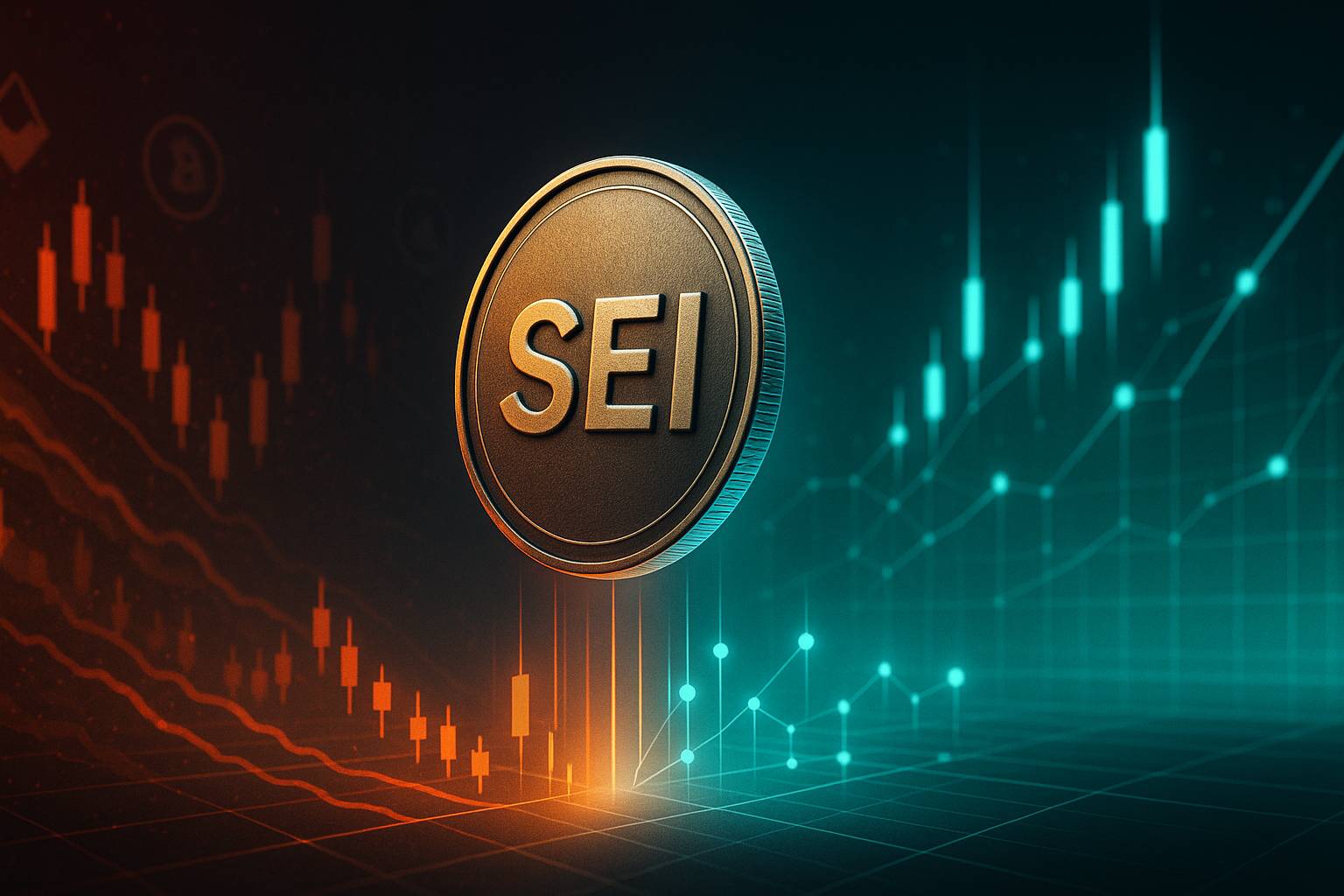Comprehensive Guide to Token Fundraising: Strategies, Types, and Considerations
Quick Overview of Token Fundraising
Token fundraising, often referred to as an initial coin offering (ICO), is a method for blockchain initiatives to gather capital by distributing their native tokens to investors. This approach enables projects to acquire necessary funds for development, promotional activities, and other operational costs. The rise in popularity of token fundraising stems from its capacity to democratize investment opportunities and supply liquidity to projects in their early stages.
Grasping the Concept of Token Fundraising
1. Goals Behind Token Fundraising
The chief aim of token fundraising is to secure monetary resources for a blockchain initiative. By offering their native tokens, projects can obtain the capital required to advance their technology, foster a community, and actualize their innovative ideas. Token fundraising offers an alternative to conventional fundraising techniques like venture capital or public stock offerings, allowing projects to reach a global audience of investors.
2. Steps in the Token Fundraising Journey
The procedure of raising funds through tokens generally consists of several phases:
- Pre-sale Phase: In this initial stage, projects often offer a limited number of tokens to early backers at a reduced cost. This early phase is instrumental in garnering initial funding and sparking interest in the project.
- Main Sale Phase: The primary phase of the token sale unfolds during the main sale, where most of the tokens are available for purchase by the public. To participate, investors typically send cryptocurrencies to a specified wallet address in return for the project's tokens.
- Post-sale Activities: Following the main sale, projects might reserve some unsold tokens for future endeavors or distribute them to current token holders. Additionally, they may seek to list these tokens on cryptocurrency exchanges to enhance liquidity and facilitate trading.
3. Varieties of Tokens in Sales
Token sales can feature various types of tokens, each fulfilling a distinct role within the project's ecosystem:
- Utility Tokens: These tokens grant access to a project’s offerings or services. Often utilized as a medium of exchange within the ecosystem, they might also provide perks like discounts or voting privileges.
- Security Tokens: Representing shares in an underlying asset or entity, security tokens are subject to securities laws. They frequently confer rights to dividends, revenue sharing, or voting.
- Stablecoins: Designed to maintain a consistent value by pegging them to a reserve asset such as a fiat currency or commodities, stablecoins offer stability amidst the often volatile cryptocurrency landscape.
4. Key Factors to Consider in Token Fundraising
Prospective investors in token sales should weigh several crucial aspects:
- Team Credentials: Evaluate the qualifications, experience, and past achievements of the project's team. A strong, capable team can significantly enhance the project's chances of success.
- Project Whitepaper: Delve into the project's whitepaper to comprehend its objectives, technology, and planned trajectory. A comprehensive and well-constructed whitepaper reflects the project's dedication and vision.
- Token Economics: Scrutinize the token's function, scarcity, and potential for value growth. Understanding the token's role within the ecosystem is vital.
- Compliance with Regulations: Verify the project's adherence to applicable laws, especially concerning security tokens. Regulatory compliance mitigates legal risks and bolsters investor confidence.
- Market Potential: Assess the demand for the project's products or services in the market. High demand can drive potential value increases for the tokens.
5. Challenges and Risks of Token Fundraising
Engaging in token sales involves certain risks and obstacles that investors need to be aware of:
- Regulatory Ambiguity: The evolving regulatory environment around token sales can pose legal issues or limitations in specific areas.
- Fraudulent Schemes: The decentralized nature of blockchain technology can leave it vulnerable to scams and deceitful projects. Thorough due diligence is imperative before investing in a token sale.
- Market Instability: Cryptocurrency markets are notorious for their volatility, with token prices capable of experiencing significant swings. Investors should be prepared for market fluctuations and assess their risk appetite.
- Liquidity Constraints: Tokens acquired in a sale might initially lack liquidity, as they may not be immediately available on exchanges, complicating early-stage trading or selling.
Wrapping Up
Token fundraising has transformed the way projects in the blockchain space secure capital, offering a decentralized and inclusive route for raising funds. Nevertheless, potential investors should proceed with caution and engage in comprehensive research before taking part in token sales. Key considerations include examining the project team, understanding the whitepaper, evaluating token economics, ensuring regulatory compliance, and gauging market demand. A clear grasp of the associated risks and challenges is vital for making well-informed investment choices.









